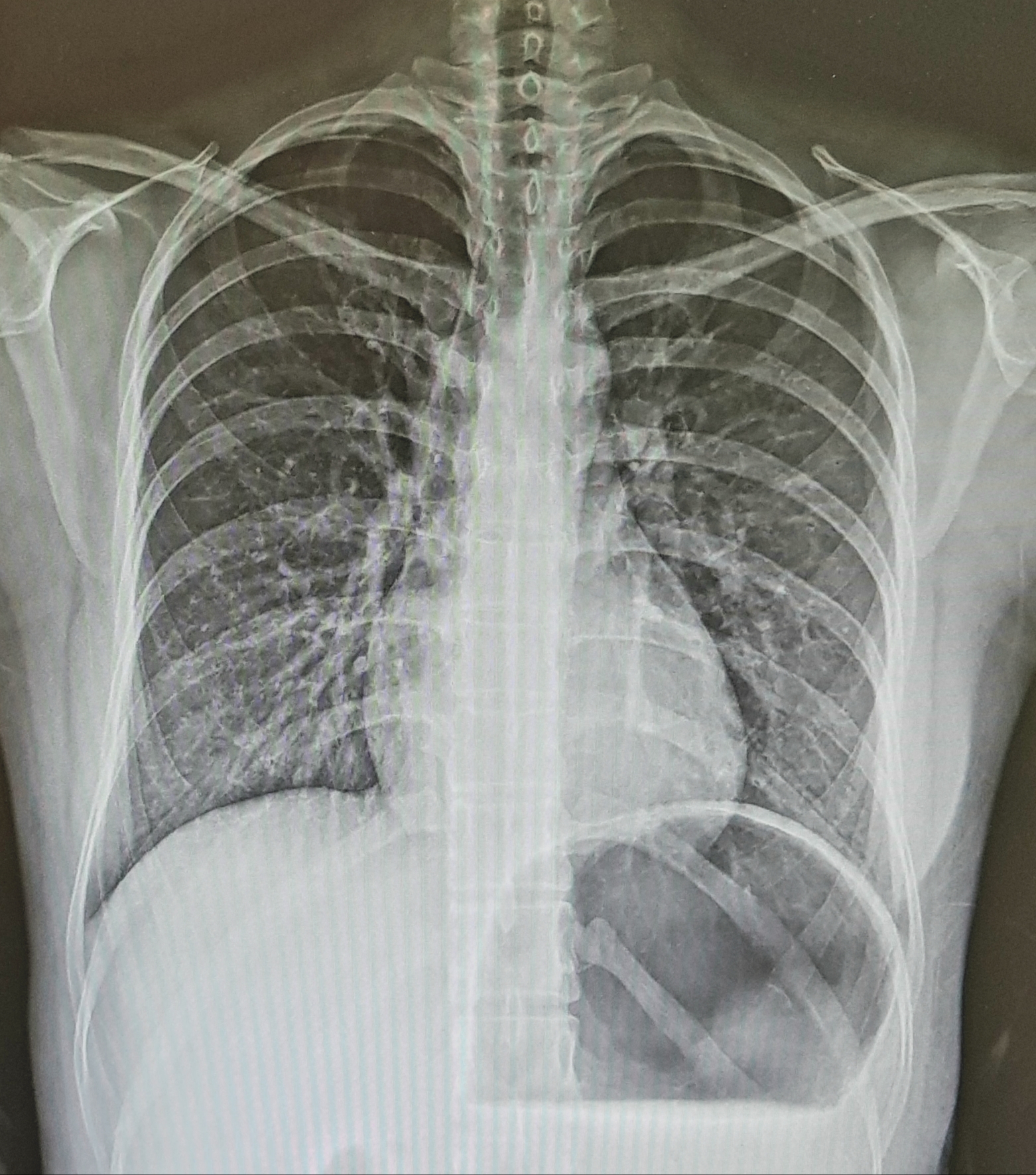| 일 | 월 | 화 | 수 | 목 | 금 | 토 |
|---|---|---|---|---|---|---|
| 1 | 2 | 3 | ||||
| 4 | 5 | 6 | 7 | 8 | 9 | 10 |
| 11 | 12 | 13 | 14 | 15 | 16 | 17 |
| 18 | 19 | 20 | 21 | 22 | 23 | 24 |
| 25 | 26 | 27 | 28 | 29 | 30 | 31 |
- fractional echo
- T2강조영상
- no phase wrap
- TR TE
- FSE
- K-space
- tof
- T1강조영상
- 사전포화펄스
- 자기공명혈관조영술
- T2 이완
- saturation pulse
- slice gap
- ECG gating
- saturation band
- chemical shift artifact
- MRI gantry
- fast spin echo
- T2WI
- 방사선사나라
- MR angiography
- MRA
- aliasing artifact
- T1WI
- radiographer nara
- MRI image parameters
- receive bandwidth
- 동위상 탈위상
- wrap around artifact
- MRI 영상변수
- Today
- Total
방사선사나라 Radiographer Nara
[MRI] (영/한) T1 weighted image (T1WI) - T1 강조영상 본문
(영어/영문/English)
In the process of recovering the spins of the human body (recovering to the original state of the longitudinal magnetization) after receiving energy, the T1 weighted image is the image of the difference in T1 recovery time between tissues. The T1 weighted image is obtained by appropriately adjusting TR and TE. (the extrinsic factors representing the contrast of the image)
The most appropriate TR for obtaining T1-weighted images is suitable between 350ms and 750ms, where the spins in the human body differ greatly in T1 recovery.
The shorter the TE, the larger the contrast difference image can be obtained, but the signal-to-noise ratio and T1 time of the intrinsic material should be considered, and for the performance of the device, TE for T1WI is usually between 10ms and 30ms.
In conclusion, the TR (350ms to 750ms) and TE (10ms to 30ms) should be shortened for the T1-weighted image.
The shortening of the TR is to emphasize the T1 contrast by applying energy in a state where the difference in T1 recovery is large, and the shortening of the TE is to minimize the contrast of T2.
Clinically, the T1-weighted image is an image mainly used to obtain anatomical information, and is essential when using contrast agents.

by radiographer nara
(국문/국어/Korean)
인체의 원자핵이 에너지를 받은 다음 원래 상태인 종축자기화 방향으로 회복되는 과정에서 조직들간의 T1 회복 시간 차이을 영상화 한 것이 T1 강조영상이다. t1강조영상은 영상의 대조도를 나타내는 부가인자 중 TR과 TE를 적절히 조절하여 얻는다.
T1 강조영상을 얻기 위한 가장 적절한 TR은 인체 내 원자핵들이 T1회복에 차이가 많은 350ms~750ms 사이가 적당하다.
TE 또한 짧게 할수록 더 큰 대조도 차이의 영상을 얻을 수 있지만 고유물질의 신호 대 잡음비 및 T1 시간을 고려하여야 하며 장치의 성능을 위해서 보통 10ms~30ms로 검사한다.
결론적으로 T1 강조 영상은 TR (350ms~750ms), TE (10ms~30ms)를 모두 짧게 해야 한다.
TR을 짧게 하는 것은 T1회복의 차이가 큰 상태에서 에너지를 인가해 T1 대조도를 강조하기 위함이고 TE를 짧게 하는 것은 T2의 대조도를 최소화하기 위함이다. 임상적으로 T1 강조영상은 해부학적 정보를 얻는데 주로 이용되는 영상이며 조영제를 사용할 경우 필수적으로 이용되고 있다.
- 방사선사나라
'자기공명영상 (MRI)' 카테고리의 다른 글
| [MRI] (영/한) Proton density weighted image - 양자밀도 강조영상 (0) | 2020.04.05 |
|---|---|
| [MRI] (영/한) T2 Weighted Image (T2WI) - T2 강조영상 (0) | 2020.04.03 |
| [MRI] (영/한) T1 relaxation time and T2 relaxation time of tissues - 각 조직의 종축 이완시간과 횡축 이완시간, 영향인자 (0) | 2020.03.30 |
| (영/한) [MRI] T2 relaxation time - 횡축이완시간 (0) | 2020.03.29 |
| (영/한) [MRI] T1 relaxation time - 종축이완시간 (0) | 2020.03.28 |




